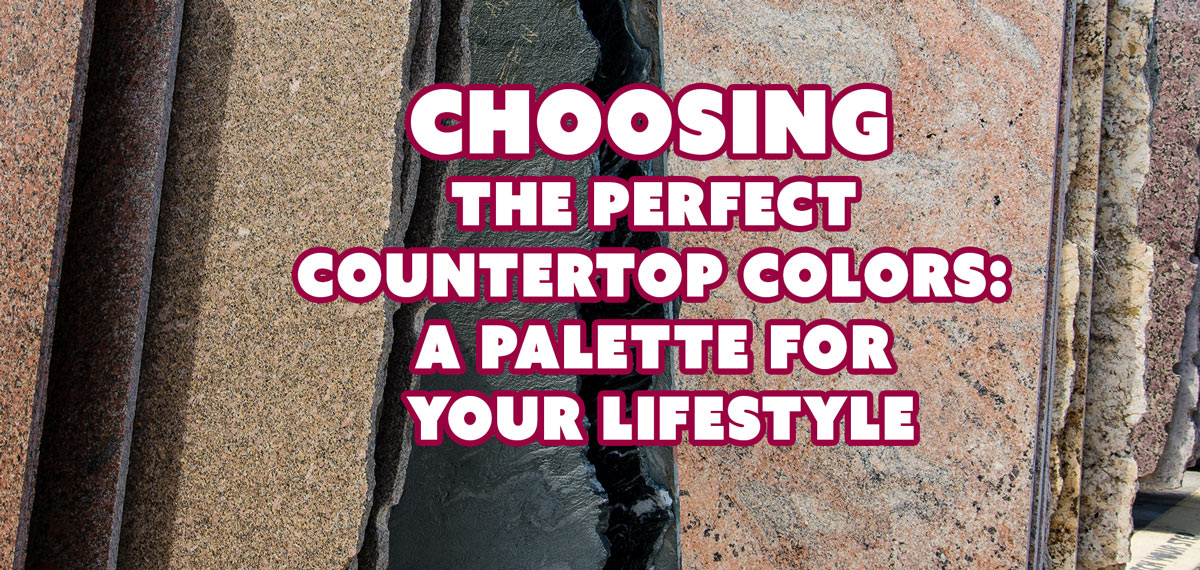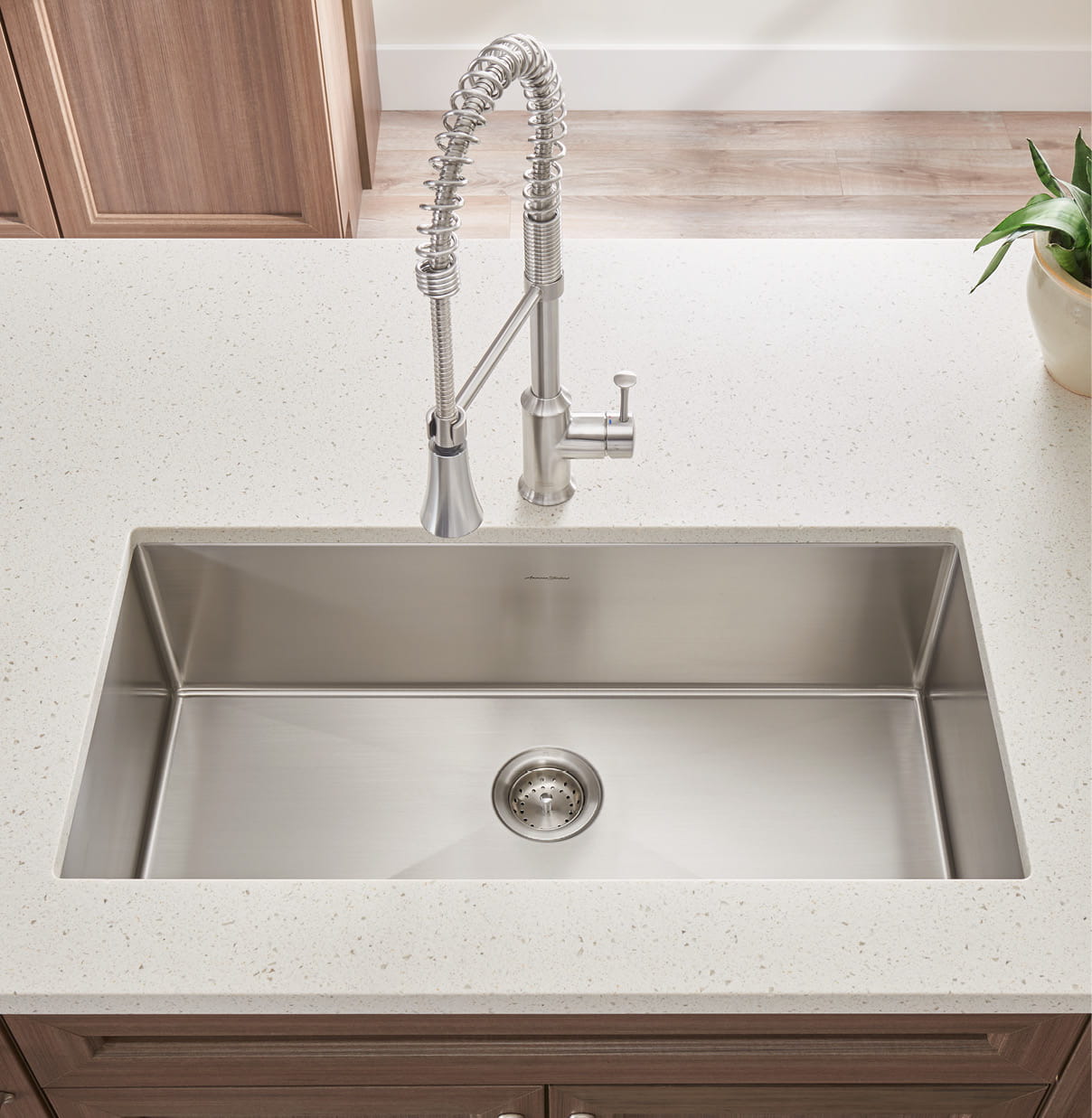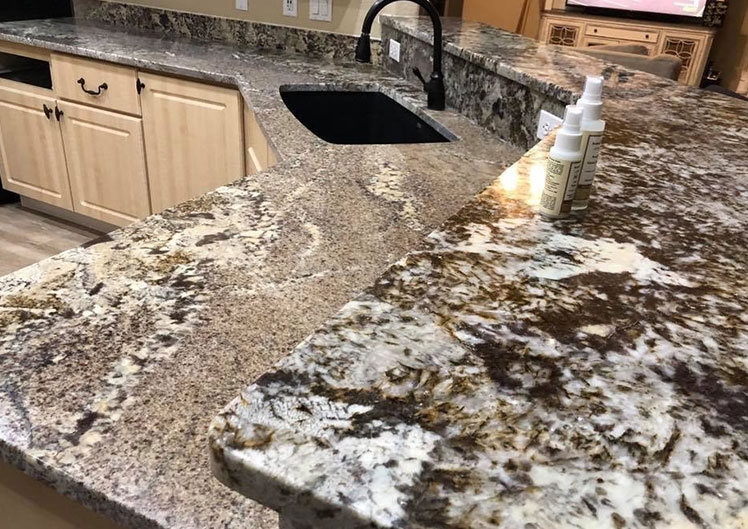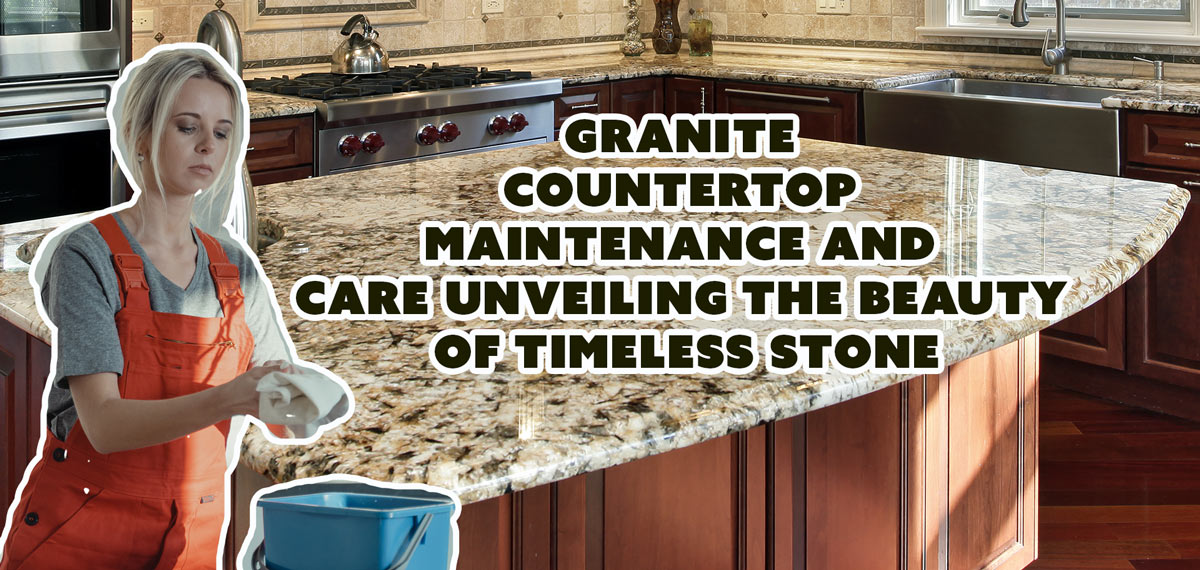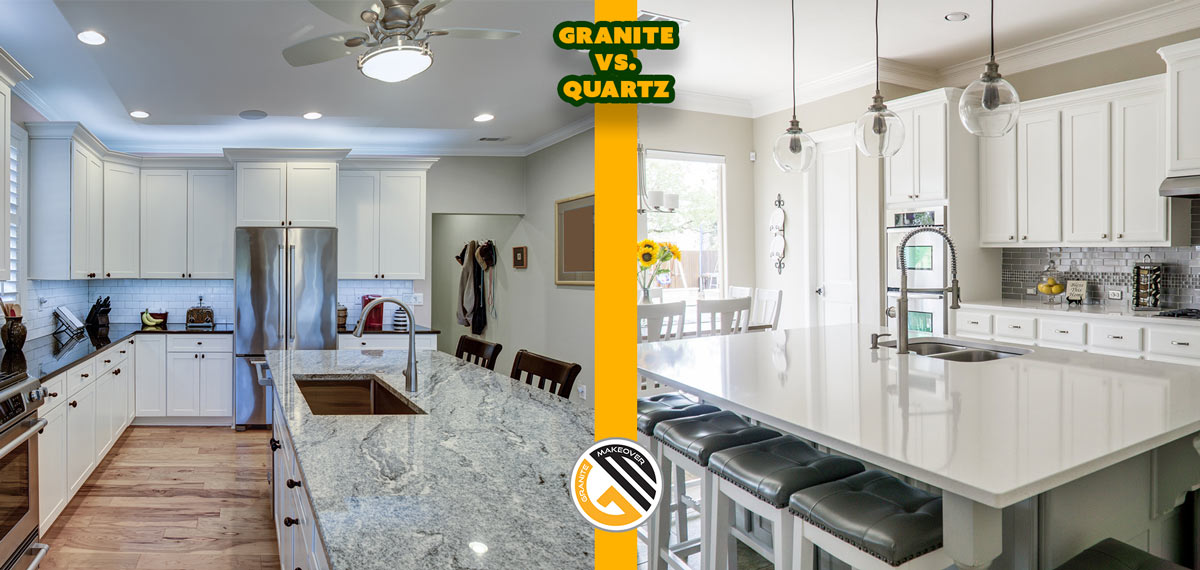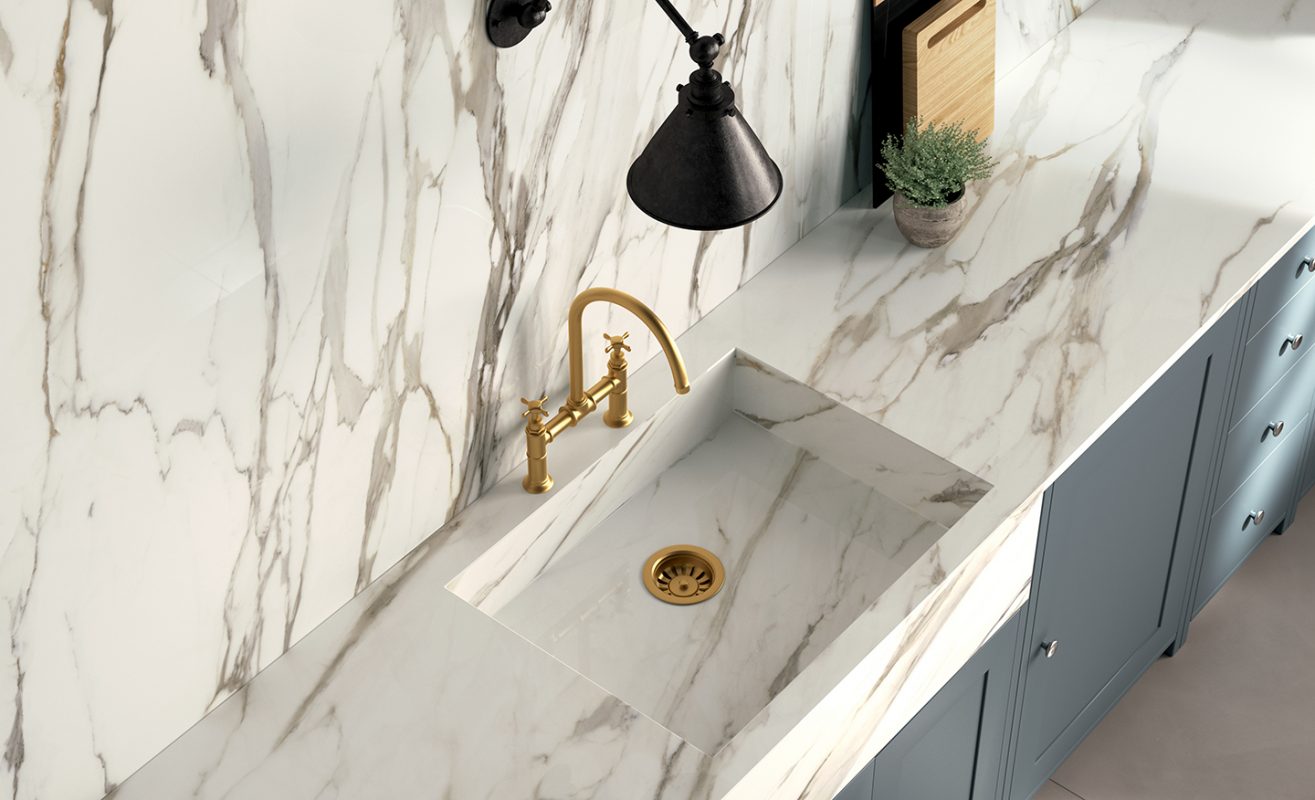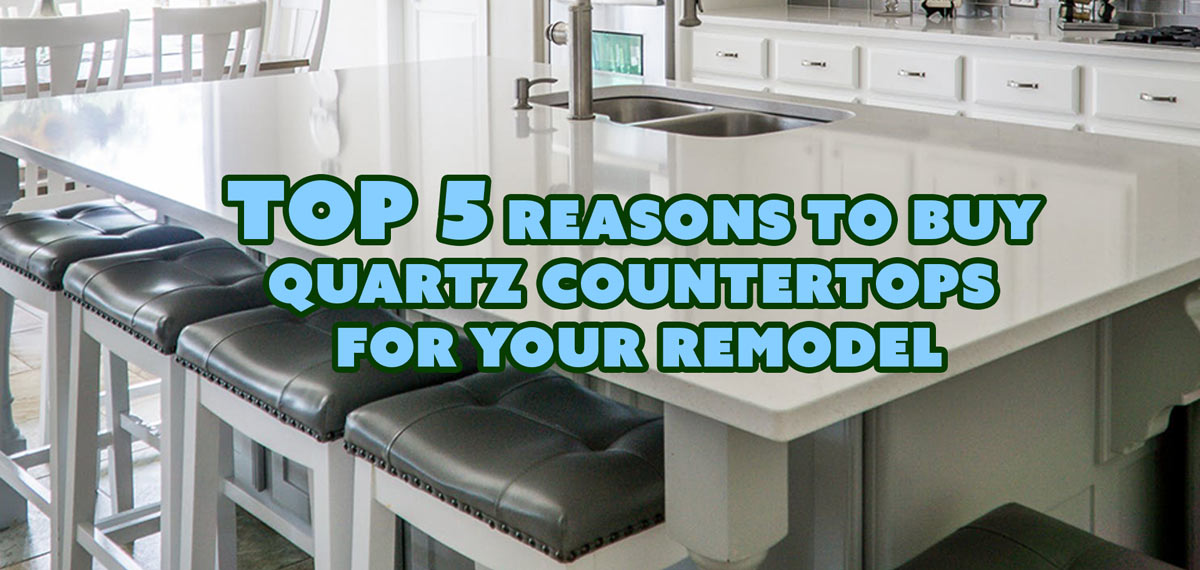
Choosing the Ideal Countertop Edge A Guide to Perfection.
Buckeye Granite Plus, LLC., Choosing the Ideal Countertop Edge A Guide to Perfection.
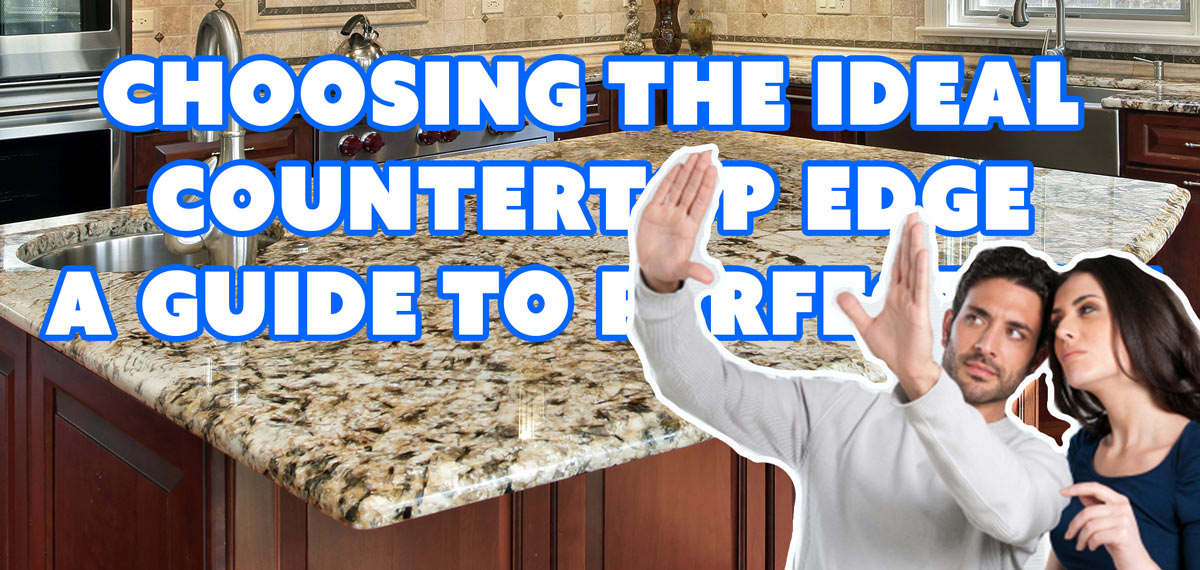
Selecting the Perfect Custom Countertop Edge: Exploring Common Edge Options
Countertops play a pivotal role in defining the aesthetics and functionality of your kitchen or bathroom. While the material and color of your countertop are important, the countertop edge is a subtle detail that can make a significant impact on the overall look and feel of your space. Custom countertop edges not only add a unique touch but also enhance the durability and safety of your countertops. In this article, we will explore the world of countertop edges and the common edge options available to help you select the perfect one for your home.
Specials Starting at $29.99 Per Sf
Buckeye Granite Plus, LLC. OH
call today (614) 665-8677
Why Custom Countertop Edges Matter
Custom countertop edges are more than just an aesthetic choice; they also serve practical purposes. They can impact the safety of the countertop, how easy it is to clean, and even how comfortable it is to use. Here are a few reasons why choosing the perfect custom countertop edge is important:Safety:
Sharp edges can be dangerous, especially in kitchens and bathrooms. A custom countertop edge can be designed to be smoother and safer, reducing the risk of accidents.Aesthetics:
The edge profile can significantly affect the overall look of your countertops. It can be a subtle accent or a bold statement, depending on your preference.Durability:
Certain edge profiles are more resilient to wear and tear, which can extend the lifespan of your countertops.Ease of Cleaning:
The right edge can make it easier to clean your countertops by preventing the accumulation of dirt and grime in hard-to-reach corners.
Specials Starting at $29.99 Per Sf
Buckeye Granite Plus, LLC. OH
call today (614) 665-8677
Common Countertop Edge Options
Now, let's delve into some of the most common countertop edge options:Square Edge:
This is a simple, clean, and modern edge. It's a 90-degree angle that provides a contemporary, minimalist look. Square edges are easy to clean and work well with a variety of kitchen styles.Eased Edge:
An eased edge is slightly rounded on the top, making it more comfortable to lean against and eliminating sharp corners. It's a popular choice for those seeking a sleek yet user-friendly design.Bullnose Edge:
The bullnose edge is fully rounded on the top and bottom, creating a soft, elegant curve. It's a classic choice that's easy to clean and adds a touch of sophistication to any countertop.Beveled Edge:
Beveled edges feature a subtle angular cut on the top corner, giving the countertop a distinctive profile. This design works well with both traditional and modern kitchens.Ogee Edge:
Ogee edges have an intricate, S-shaped curve that imparts a sense of luxury and sophistication. They are often used in more formal settings and can be a standout feature of your kitchen or bathroom.Chiseled Edge:
For a rustic or natural look, the chiseled edge mimics the appearance of a stone that has been hand-chiseled. This edge adds character and texture to your countertop.Double Bullnose Edge:
This edge is similar to the bullnose, but it features two rounded curves on the top and bottom. It's a slightly more intricate design that can elevate the elegance of your space.Waterfall Edge:
The waterfall edge continues the countertop material down the sides to the floor, creating a seamless, modern appearance. It's often used for kitchen islands to make a bold statement.
Specials Starting at $29.99 Per Sf
Buckeye Granite Plus, LLC. OH
call today (614) 665-8677
Choosing the Perfect Custom Countertop Edge
When selecting a custom countertop edge, consider the following factors:Kitchen Style:
Your edge should complement the overall style of your kitchen or bathroom. Traditional spaces may benefit from classic edges like bullnose or ogee, while modern designs can be enhanced with square or waterfall edges.Functionality:
Think about how you use your countertops. Do you want rounded edges for safety, or is a sharp edge acceptable in your space? The ease of cleaning is also a crucial factor.Maintenance:
Some edges may require more maintenance than others. For example, the chiseled edge may need periodic sealing. Ensure you're willing to invest the time and effort required to maintain your chosen edge.Budget:
Custom edges can add to the cost of your countertops. Discuss your budget with your fabricator and explore the available options within your price range.Personal Taste:
Ultimately, your countertop edge should reflect your personal taste and preferences. Don't hesitate to choose an edge that resonates with you and enhances your enjoyment of the space.Selecting the perfect custom countertop edge is a crucial aspect of your kitchen or bathroom design.
It combines aesthetics, functionality, and safety to create a unique and practical space. With a variety of edge options available, you have the freedom to choose the one that best suits your style and needs. So, take your time, explore the options, and work closely with a professional to ensure your countertops are both beautiful and functional.When you embark on the journey of designing your dream kitchen or bathroom, every detail counts.
Among these details, the selection of the perfect countertop edge may seem small in comparison, but it can make a significant difference in the overall look and functionality of your space. In this unique article, we will delve into the art of selecting the ideal countertop edge, helping you achieve perfection in your home design.
Specials Starting at $29.99 Per Sf
Buckeye Granite Plus, LLC. OH
call today (614) 665-8677

1. Reflect on Your Design Style:
Your choice of countertop edge should align seamlessly with your design style. Different edge profiles complement various aesthetics. Here's a quick guide:Straight and Squared Edges (Flat or Eased): These edges are perfect for modern and minimalist designs, providing clean lines and a sleek appearance.
Beveled Edges: If you're aiming for a transitional or classic style, beveled edges add an elegant touch with their subtle angles.
Rounded Edges (Bullnose): Versatile and timeless, rounded edges work well in both traditional and contemporary settings, offering a soft, inviting look.
Ornate Edges (Ogee or Cove): These intricate edges exude classic charm and are typically chosen for more traditional or luxurious kitchen designs.
2. Prioritize Functionality:
While aesthetics are essential, don't forget about functionality. Consider how you use your countertops. For instance: If you have children or safety is a concern, rounded edges are a safer choice, reducing the risk of injury. For avid home chefs, an eased or beveled edge can provide comfort and convenience during food preparation. If you have a particular use case, such as rolling out dough, discuss it with your countertop professional to determine the best edge for your needs.
Specials Starting at $29.99 Per Sf
Buckeye Granite Plus, LLC. OH
call today (614) 665-8677
3. Contemplate Maintenance:
Certain edge profiles may require more maintenance than others. Those with intricate details or sharp angles can be harder to clean and may collect dirt over time. Think about how much time and effort you're willing to invest in maintaining your chosen edge profile and make a decision that aligns with your preferences and lifestyle.4. Visualize the Harmony:
Visualize how the selected edge will harmonize with your overall design scheme. If possible, request samples or view images of completed projects with similar edge profiles to see how they interact with countertops, cabinets, and the room's decor. This will give you a clearer picture of the final result.
Specials Starting at $29.99 Per Sf
Buckeye Granite Plus, LLC. OH
call today (614) 665-8677
5. Seek Professional Guidance:
Professional countertop installers and designers are valuable resources when choosing the perfect countertop edge. They bring experience and expertise to the table and can help you strike the right balance between aesthetics and functionality. Don't hesitate to seek their advice to ensure your decision is well-informed.6. Mix and Match Creatively:
Embrace creativity by mixing and matching different edge profiles within the same space. For instance, you might select a rounded edge for the kitchen island, which often serves as a casual dining area, and an ornate edge for a statement piece like a bathroom vanity. This can add visual interest and personality to your design.
Specials Starting at $29.99 Per Sf
Buckeye Granite Plus, LLC. OH
call today (614) 665-8677
7. Budget Considerations:
It's essential to consider your budget when making your decision. Some edge profiles are more costly to fabricate due to their complexity. While an intricate edge may be visually appealing, it could significantly impact the overall cost of your project. Find a balance that aligns with your budgetary constraints.8. Hands-On Testing:
Whenever possible, request physical samples or visit showrooms to experience the edge profiles firsthand. Running your hand along the edge can help you gauge how it feels and whether it meets your comfort and design preferences.
